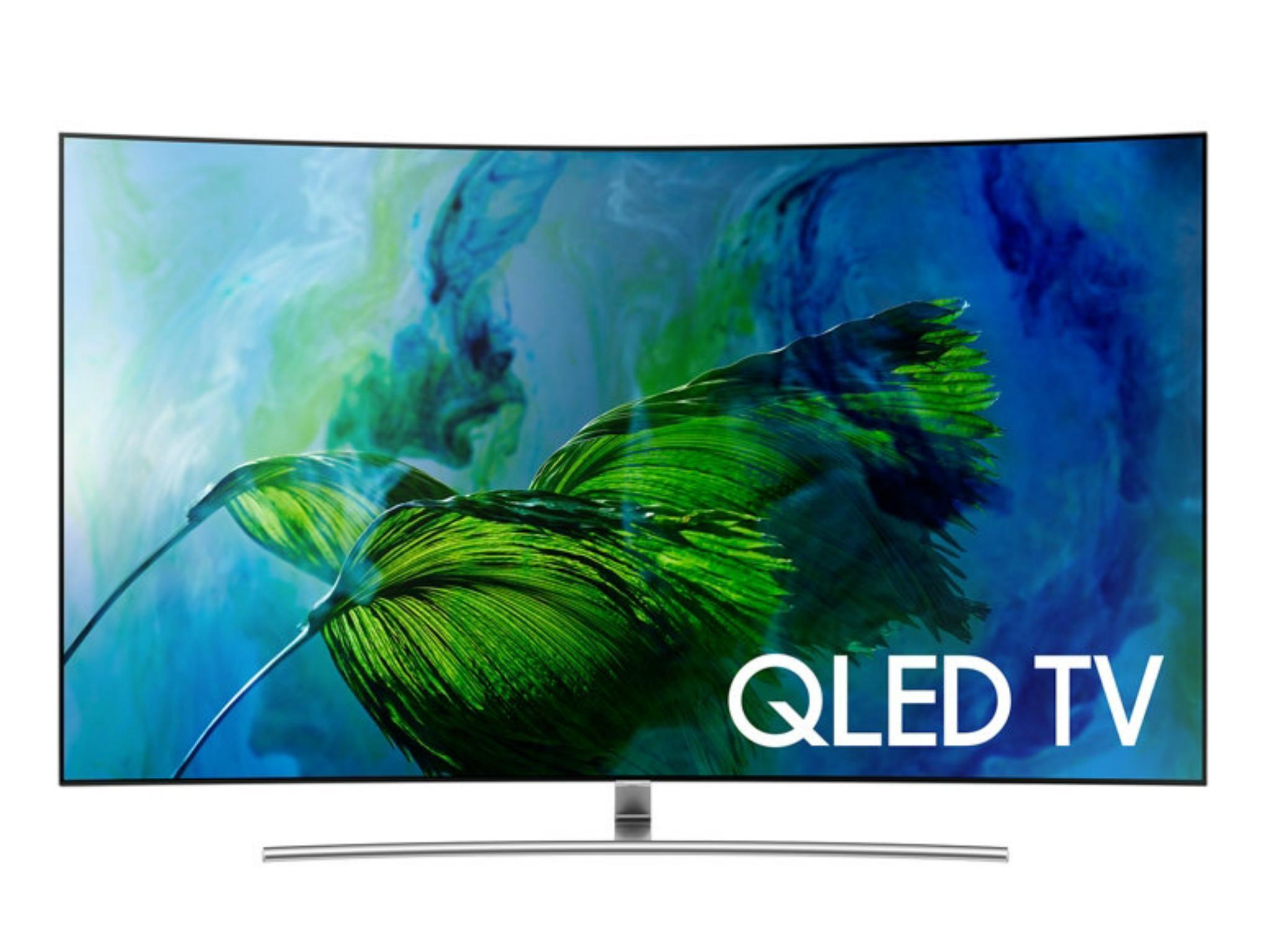Samsung QLED: A TV screen that is jaw-droppingly good
Can it take on OLED?

Your support helps us to tell the story
From reproductive rights to climate change to Big Tech, The Independent is on the ground when the story is developing. Whether it's investigating the financials of Elon Musk's pro-Trump PAC or producing our latest documentary, 'The A Word', which shines a light on the American women fighting for reproductive rights, we know how important it is to parse out the facts from the messaging.
At such a critical moment in US history, we need reporters on the ground. Your donation allows us to keep sending journalists to speak to both sides of the story.
The Independent is trusted by Americans across the entire political spectrum. And unlike many other quality news outlets, we choose not to lock Americans out of our reporting and analysis with paywalls. We believe quality journalism should be available to everyone, paid for by those who can afford it.
Your support makes all the difference.This year, most of the world’s leading manufacturers launched their highest-quality OLED TVs, with price tags to match.
But not Samsung.
The company has now formally announced its own top-of-the-range technology, and it comes with its own new buzzword for you to take on board: QLED.
It’s an advanced version of an LED TV, where the Q refers to the fact that this uses a layer of nano-sized particles called Quantum Dots. Quantum Dot technology is basically a classy TV filter that enhances colours and offers strong brightness and wide viewing angles – unlike some screen technologies that look washed out when you’re not sitting front and centre.
QLED uses Samsung’s latest version of Quantum Dots which are made of metal. These promise, Samsung says, 100% colour volume, the biggest range of colours available on any TV today.
Where QLED excels compared to OLED is in its brightness. In other words, it can look impressive in brightly lit living rooms. OLED shines in darker environments. In the demonstrations that Samsung produced, the picture quality was jaw-droppingly good, matching extraordinary pin-sharp images with vibrant but realistic colours and deep black shades.
A recent technological development is HDR or High Dynamic Range, which allows bright and dark areas of a picture to show great detail at the same time: blue skies are not washed out, dark shadows are not grey sludge.
Matching HDR with QLED, Samsung suggests, offers the real standout picture quality, not least because it's much brighter than OLED.
Samsung promised these QLED TVs would be its smartest yet, with an improved interface that makes it easier to find the shows and channels you’re after and to control everything from a simple remote with voice control built in.
OLED is a premium technology, with high prices attached, but QLED is far from cheap, with TVs ranging from £1,999.99 to £4,899.99. Samsung needs to persuade customers that its own technology is a match (or better) for OLED, which is seen by many as the ultimate for picture quality.
The TVs go on sale from 29 March in the UK, with pre-orders kicking off on 15 March.
Join our commenting forum
Join thought-provoking conversations, follow other Independent readers and see their replies
Comments